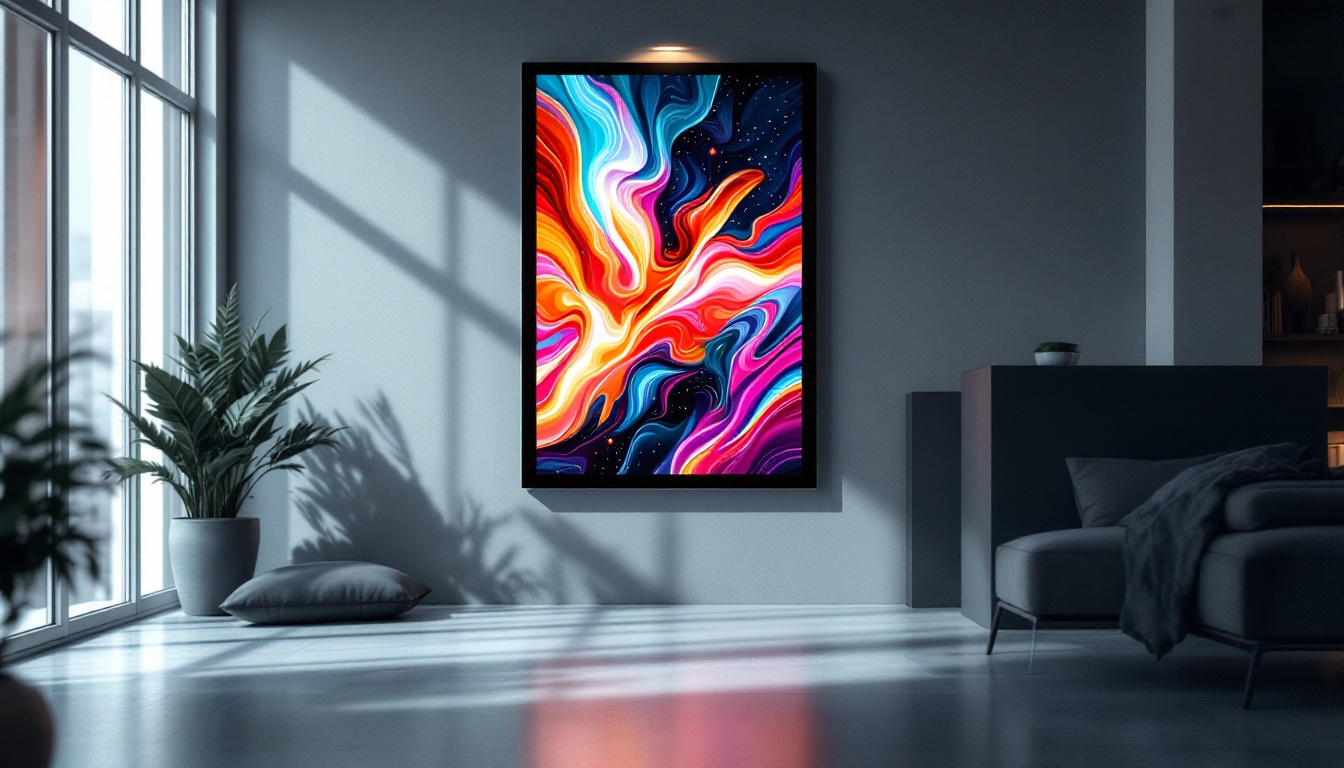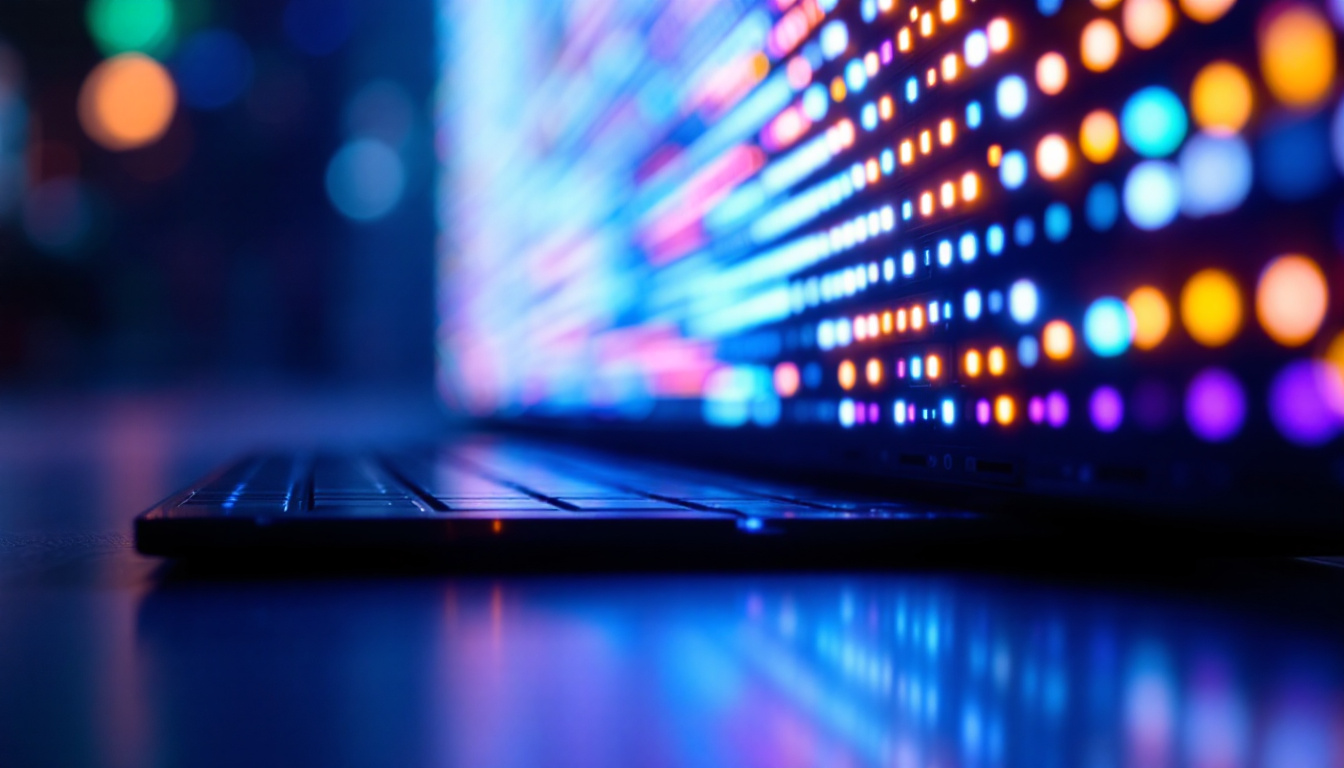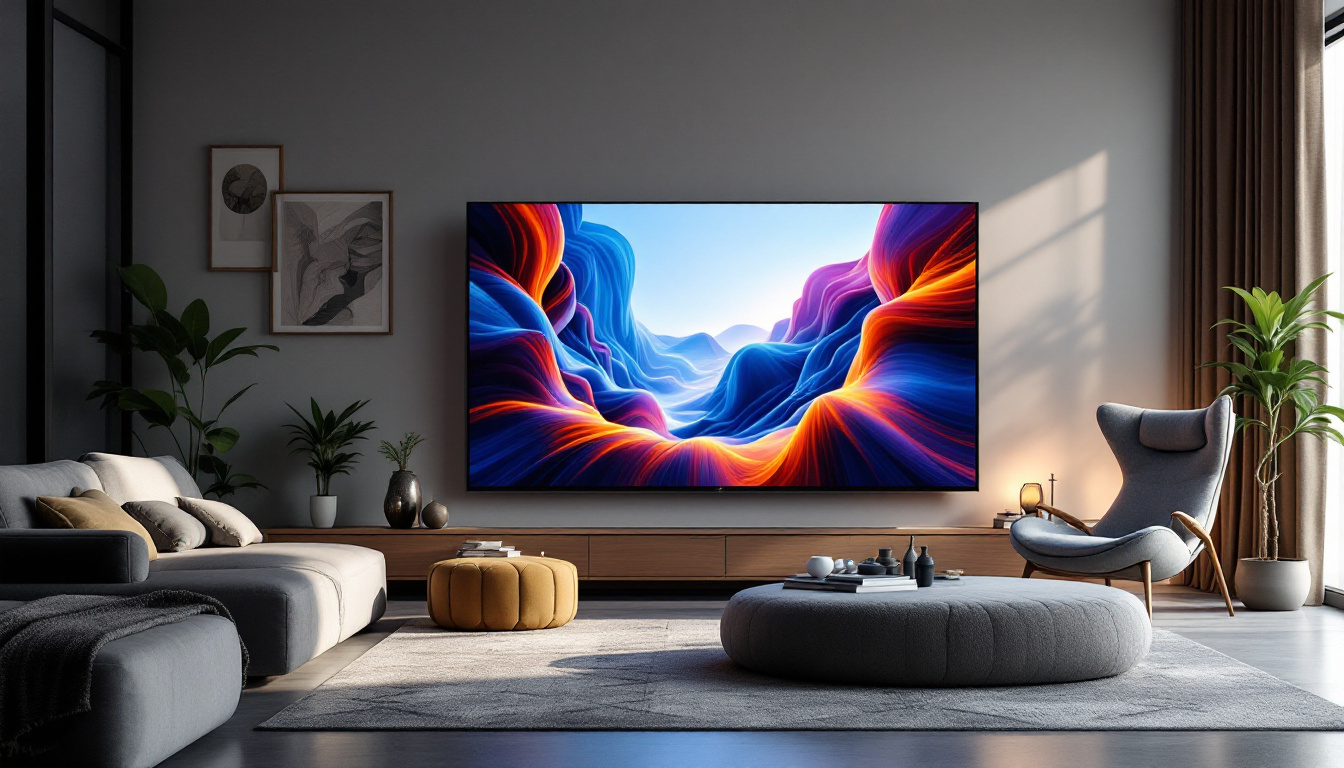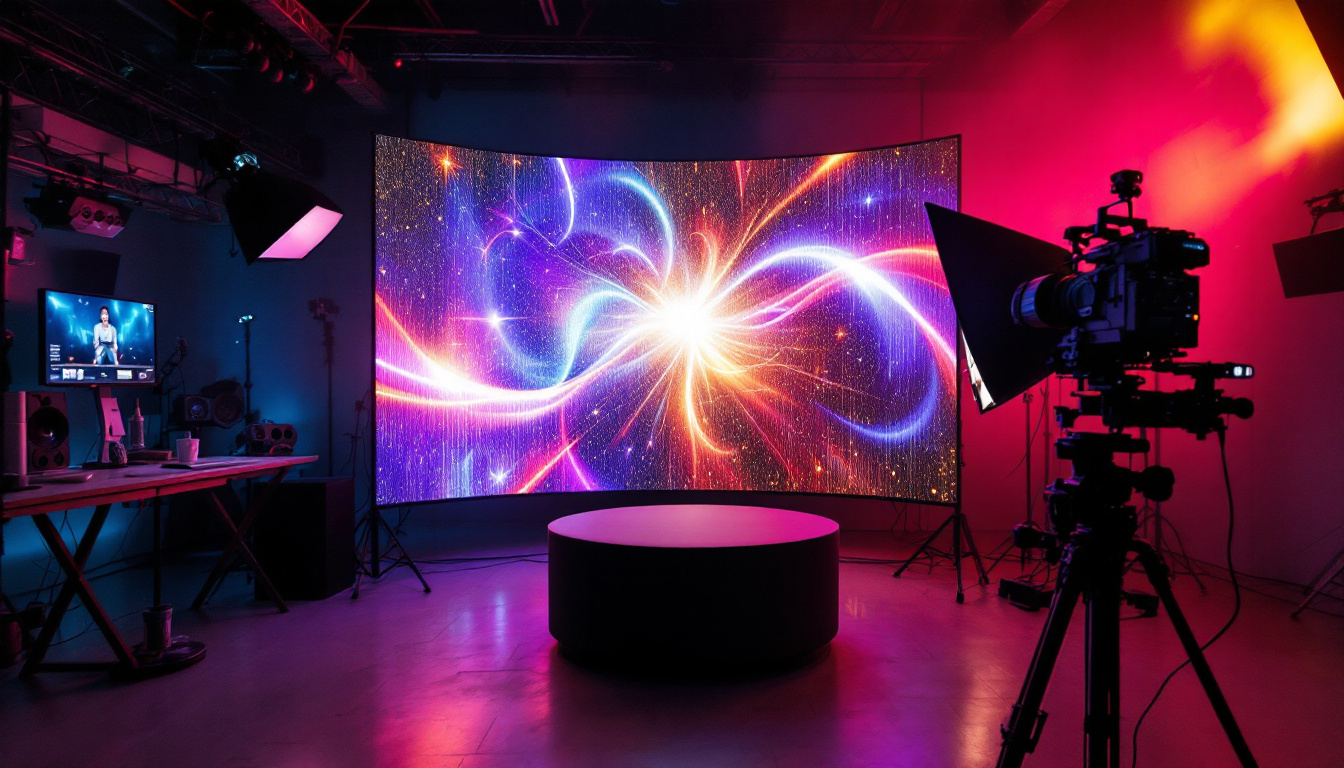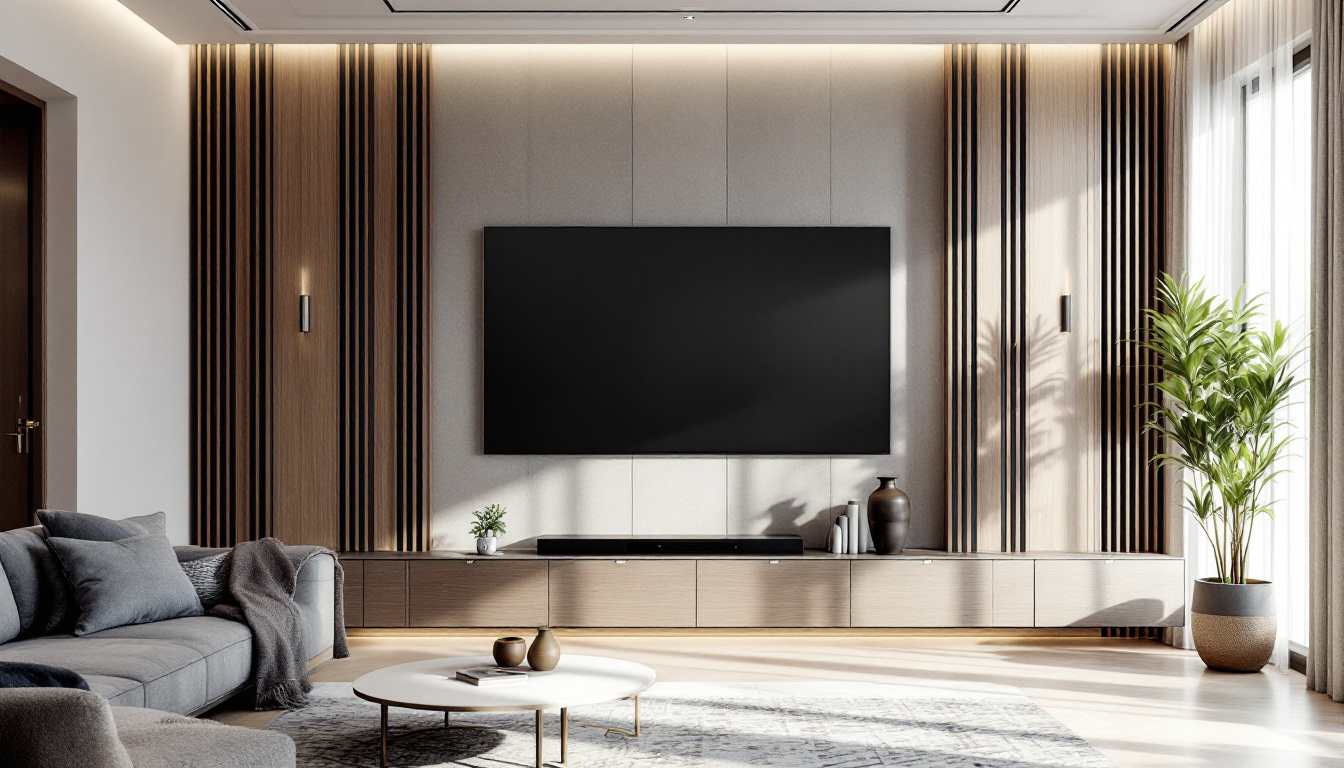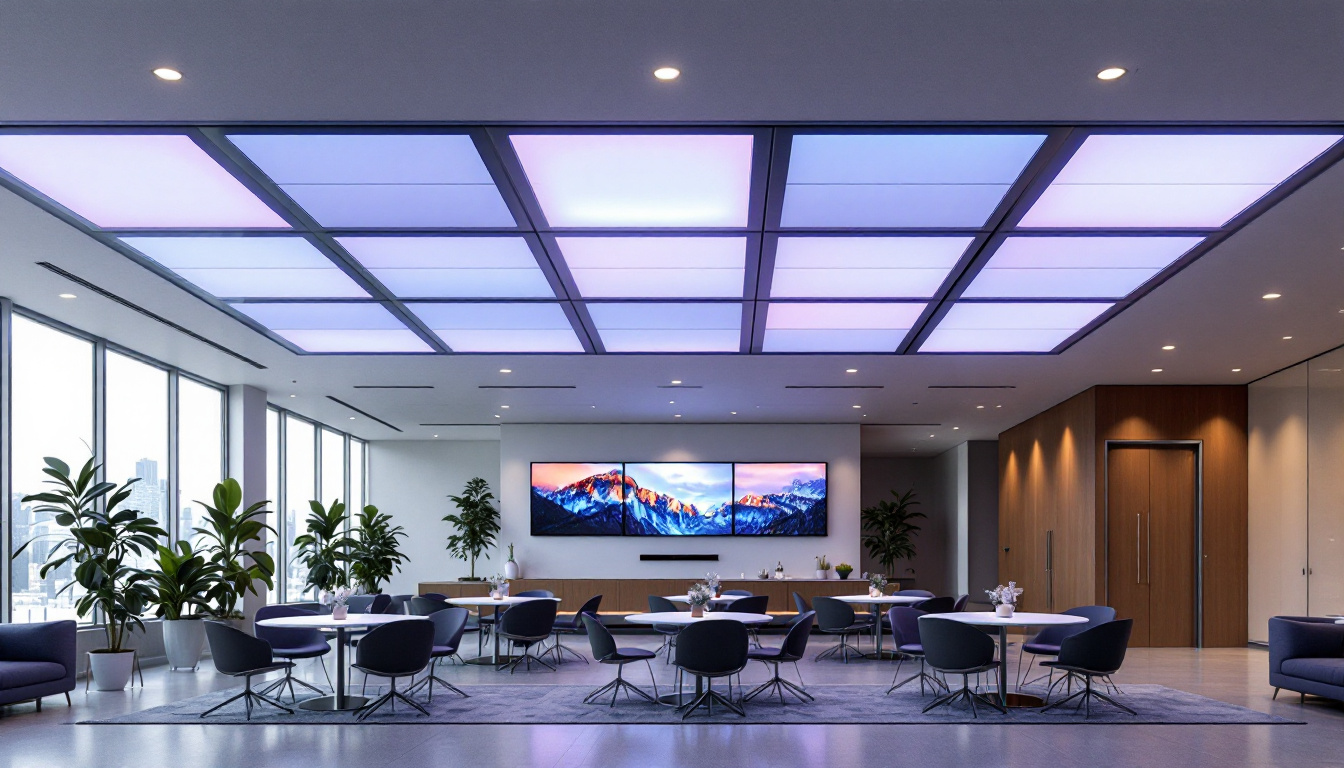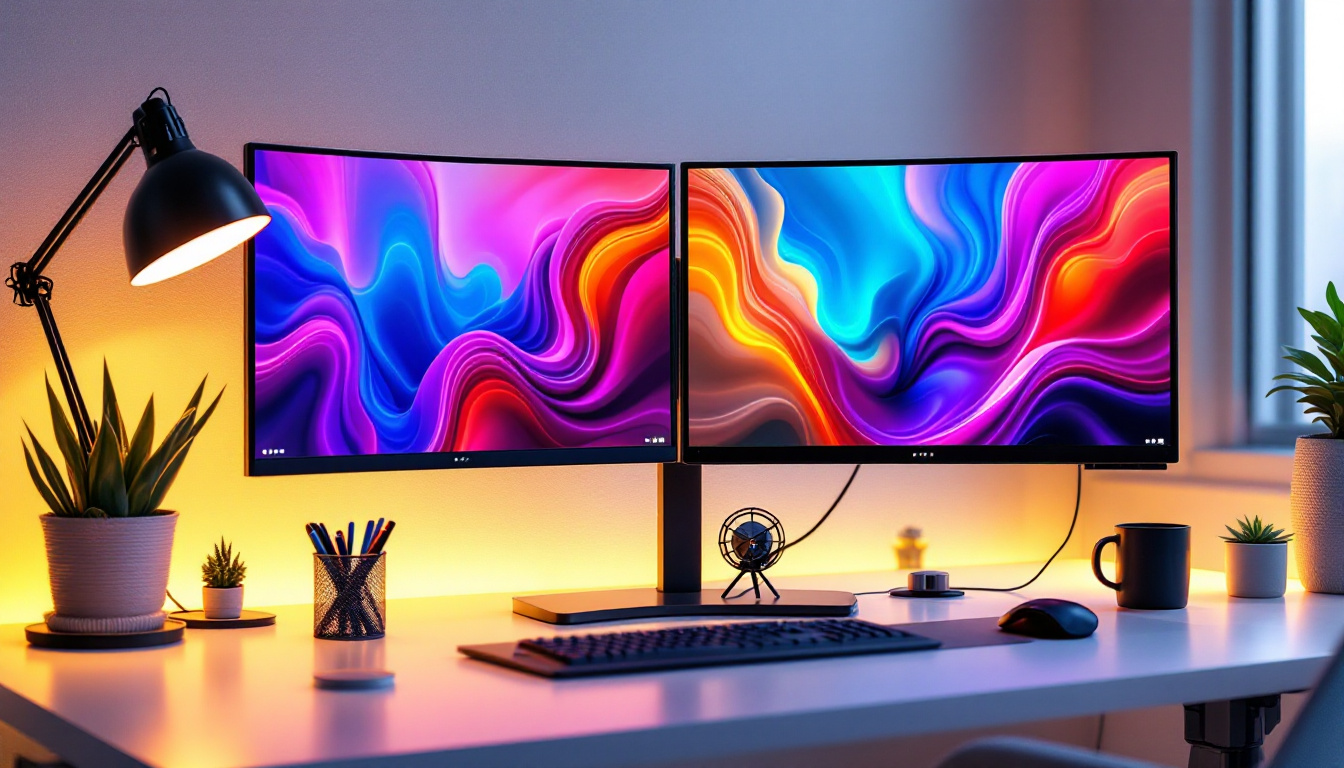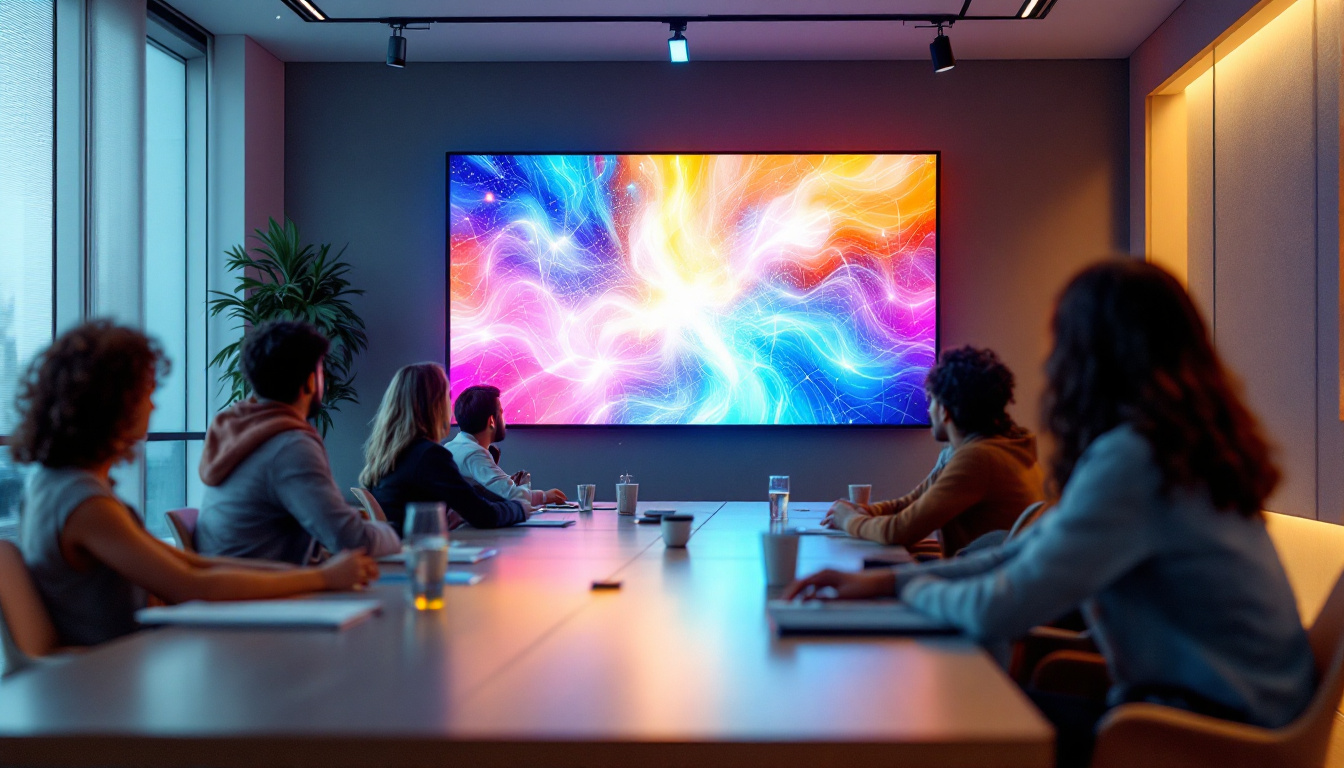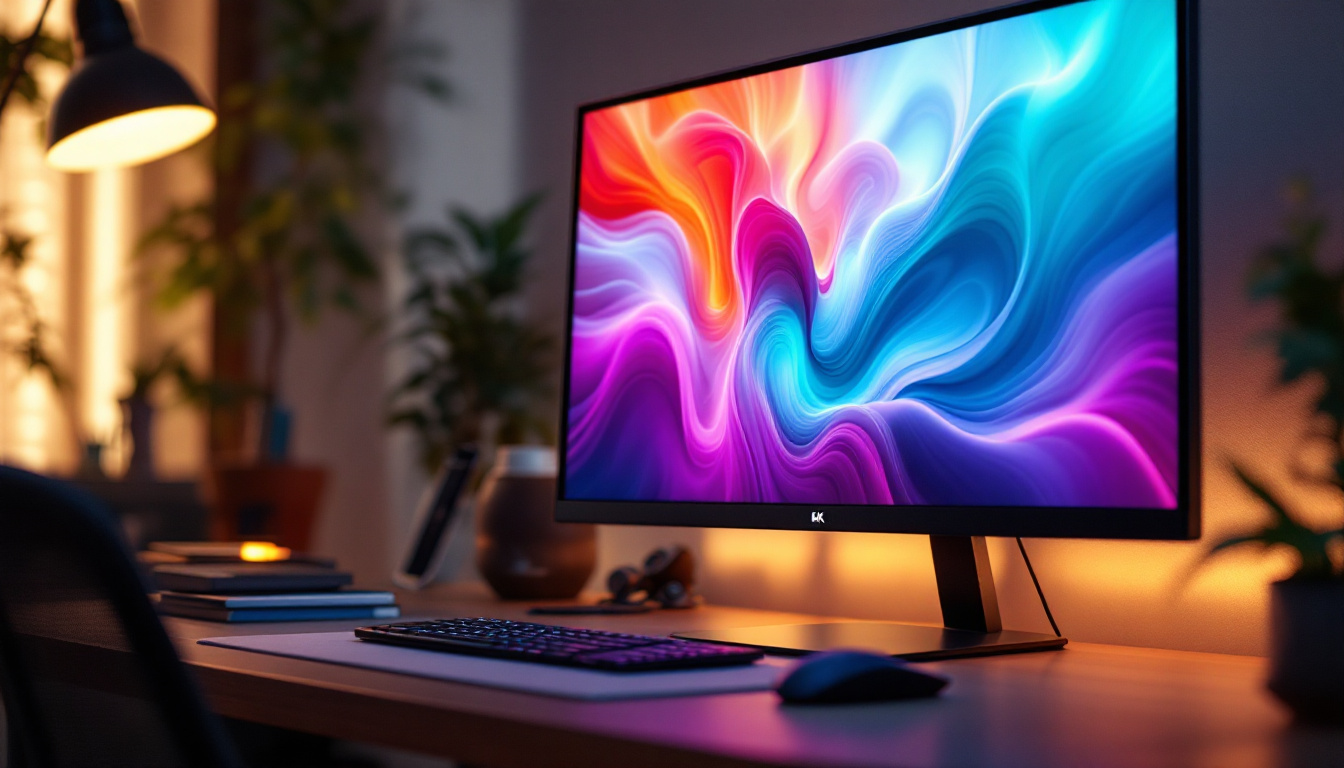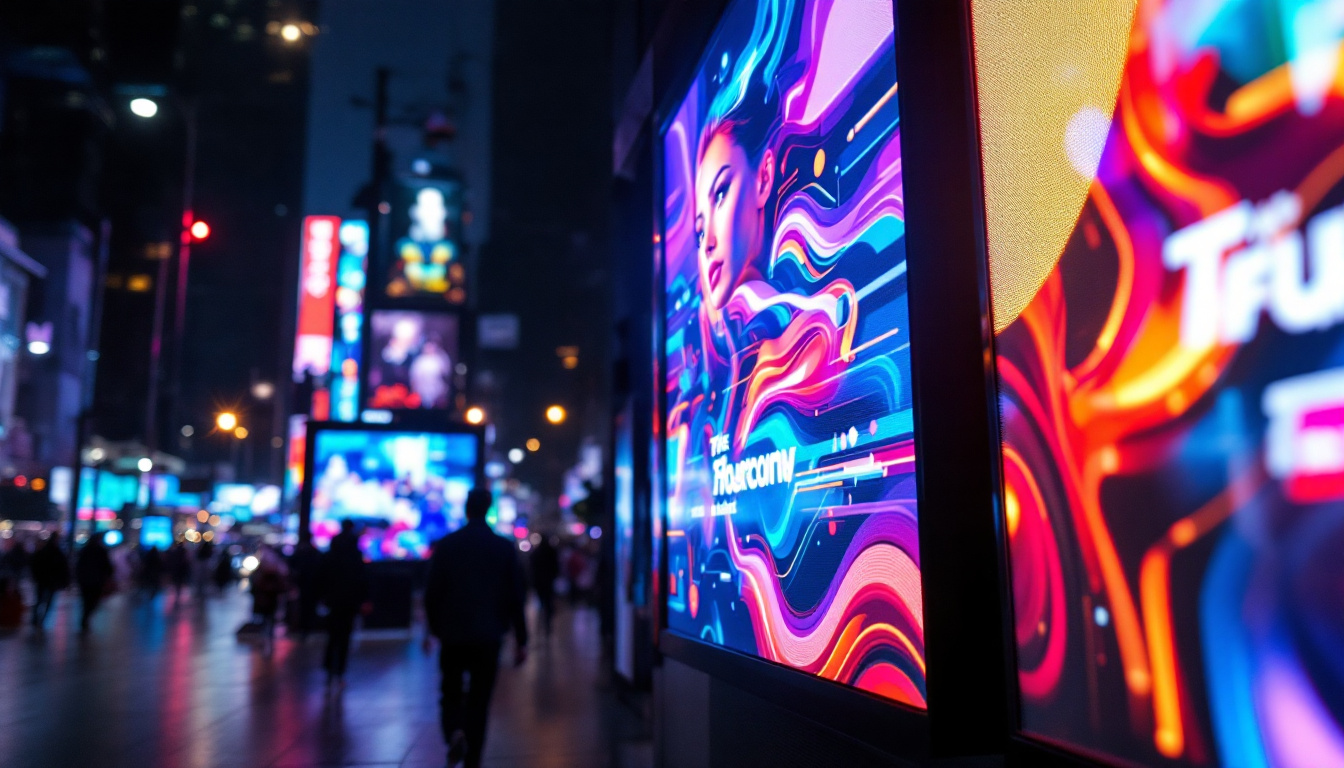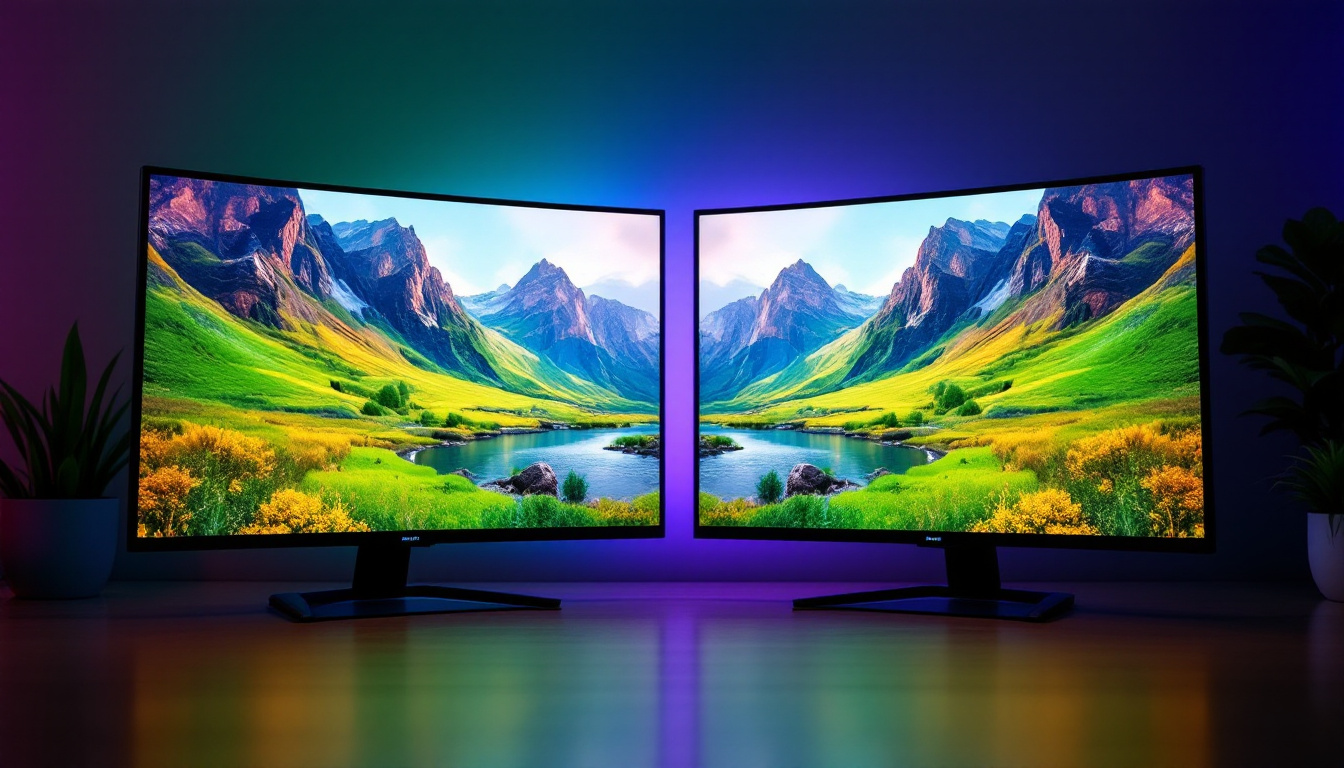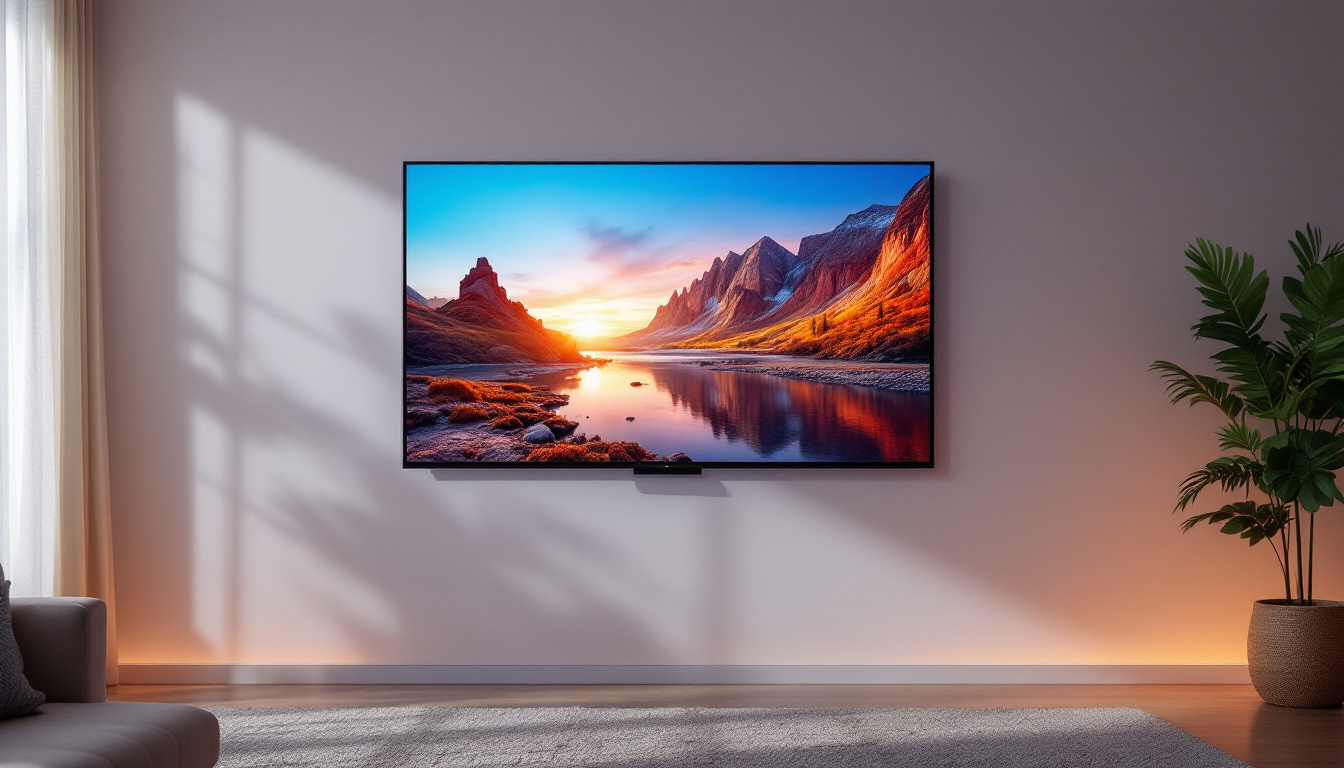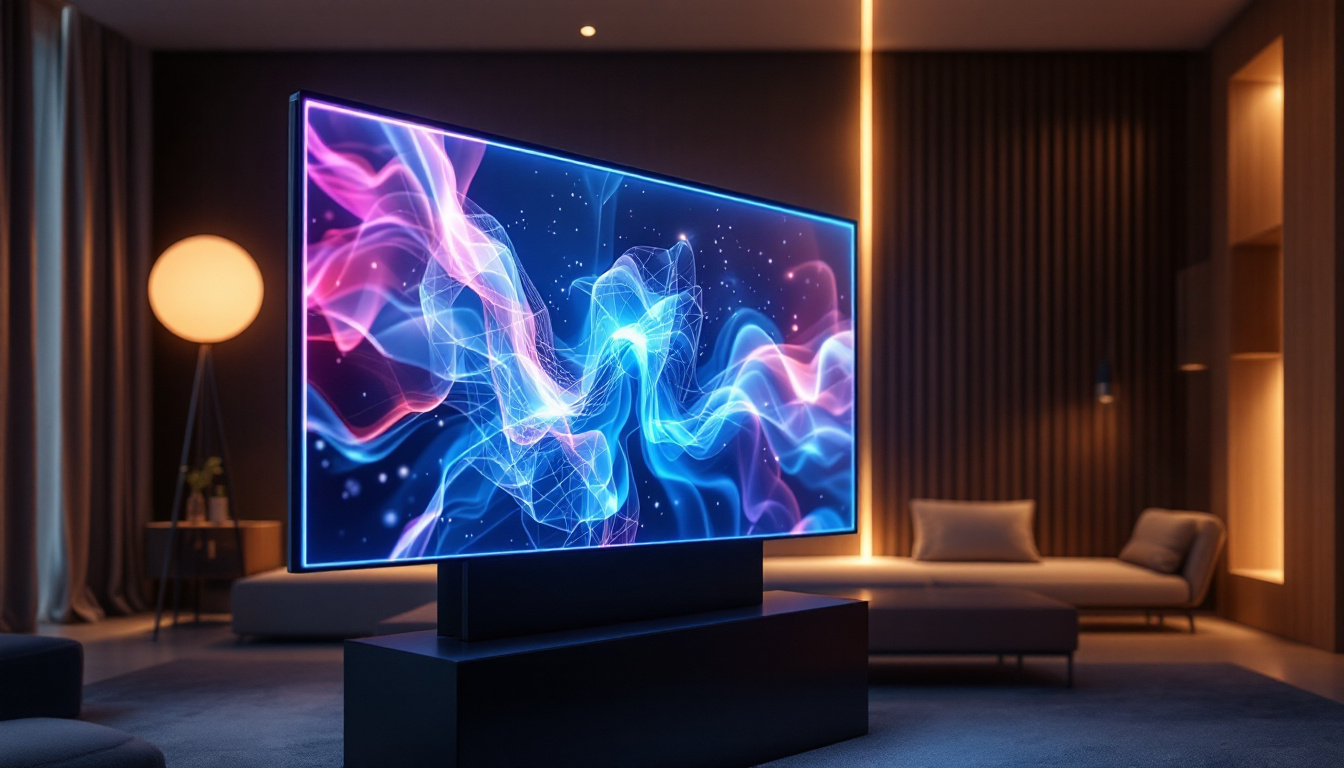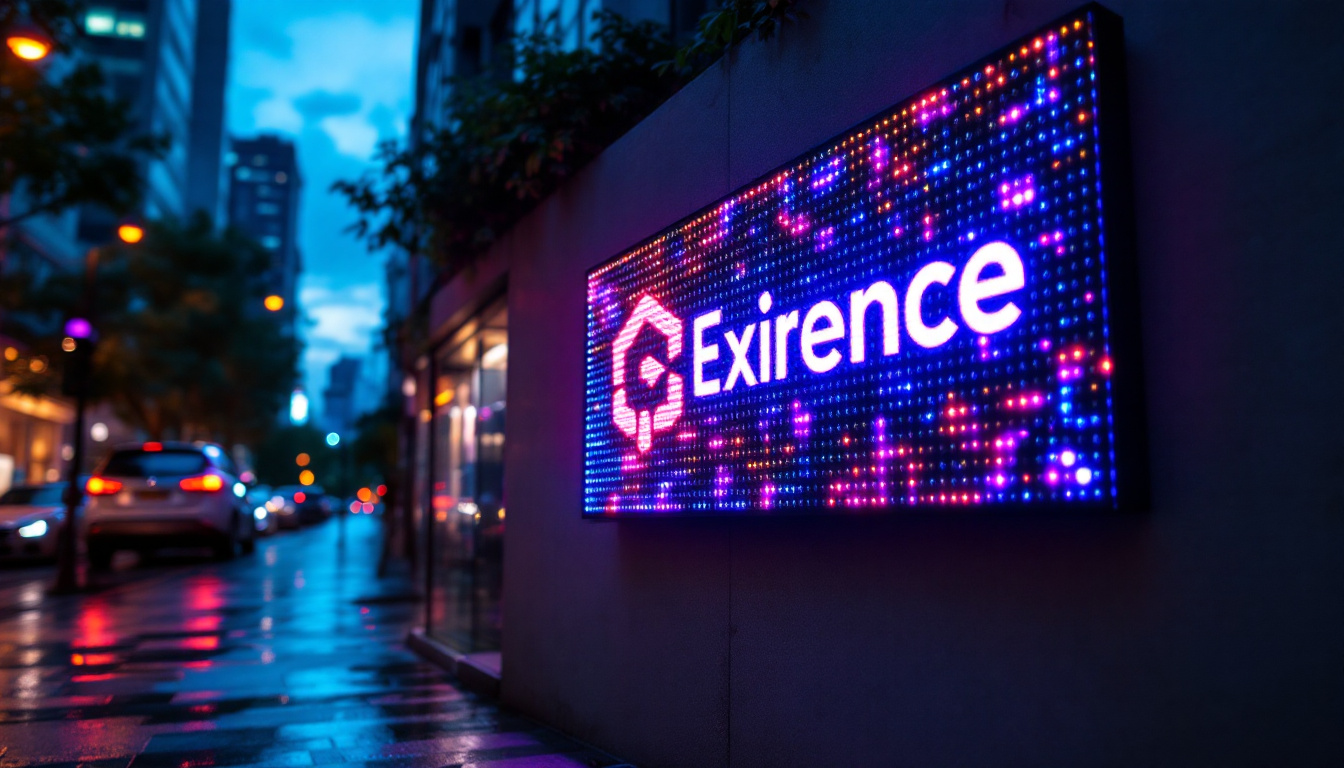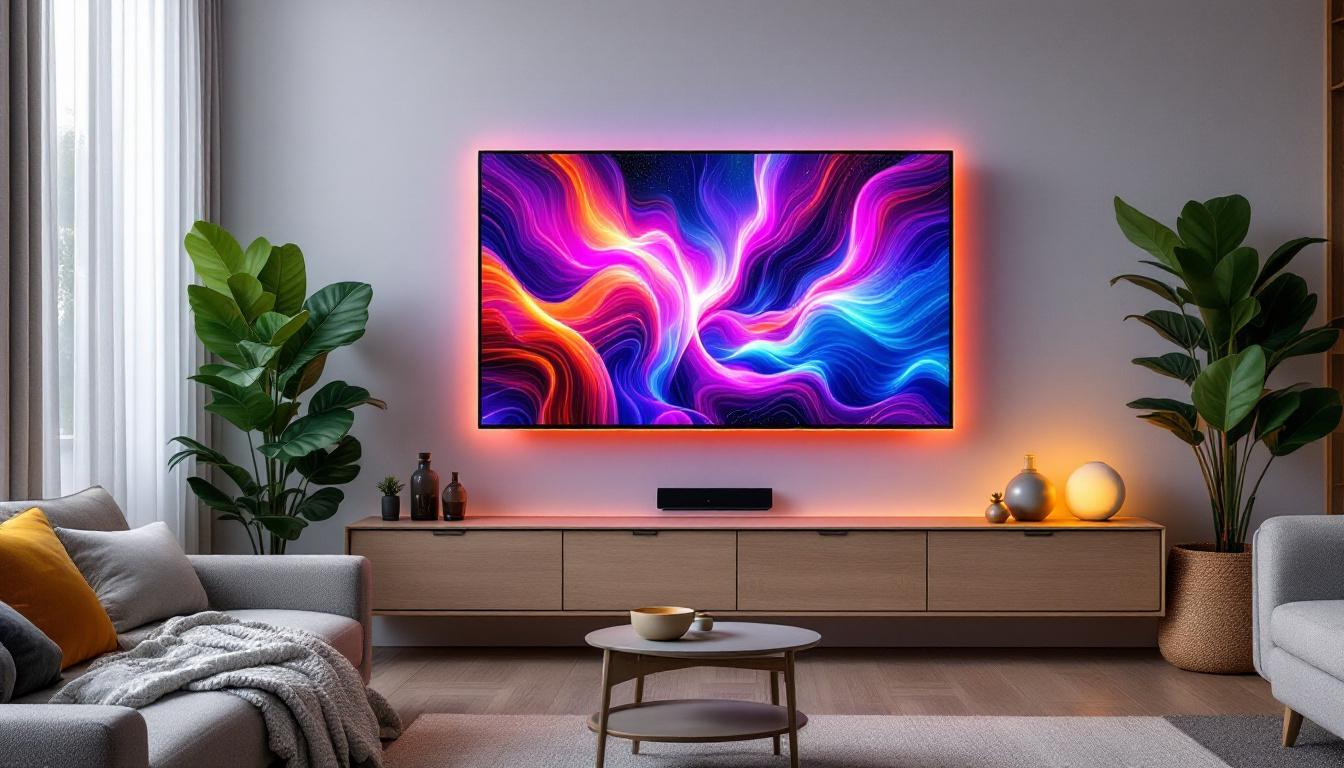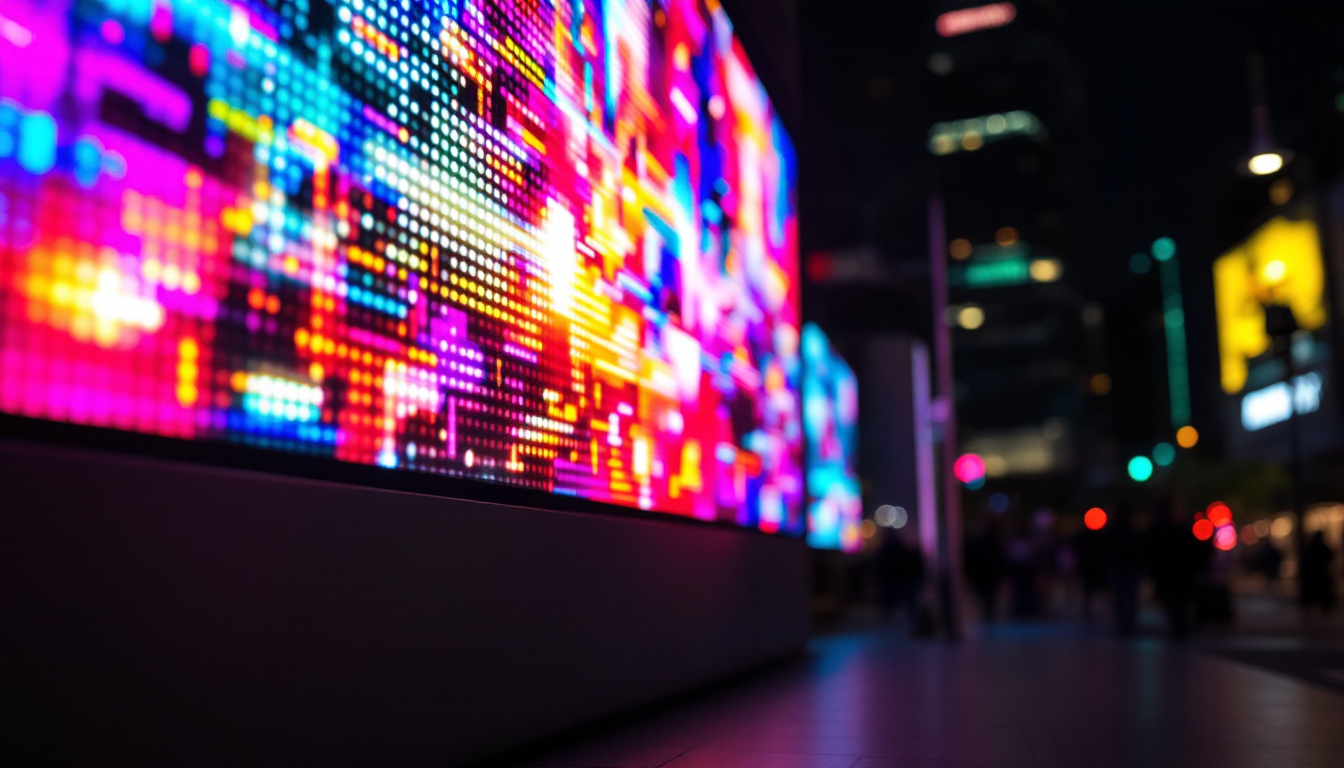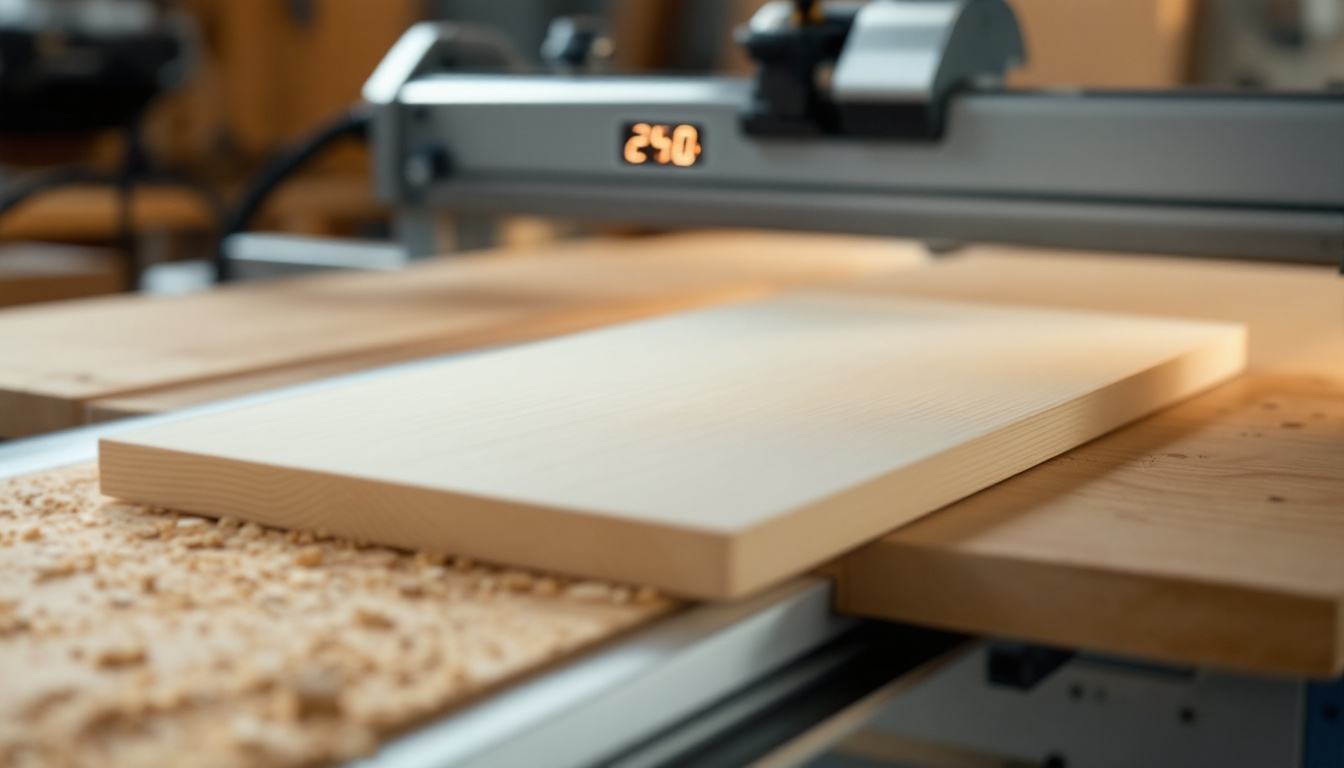The Mc100 controller is a sophisticated device widely used in various applications, from industrial automation to home automation systems. One of its standout features is the LED display, which serves as a crucial interface for users to interact with the device. Understanding how this LED display works and its significance can greatly enhance the user experience. This article delves into the intricacies of the Mc100 controller’s LED display, exploring its functionalities, advantages, and practical applications.
Understanding the Mc100 Controller
The Mc100 controller is designed to manage and control various processes, making it a versatile tool in numerous settings. Its robust architecture allows for seamless integration with different systems, providing users with a reliable solution for automation tasks.
Key Features of the Mc100 Controller
One of the most notable features of the Mc100 controller is its user-friendly interface. The LED display is central to this interface, providing real-time feedback and data visualization. This allows users to monitor system performance, adjust settings, and troubleshoot issues effectively.
Additionally, the Mc100 controller supports various communication protocols, enabling it to connect with other devices and systems. This interoperability is essential for creating a cohesive automation environment, where different components work together harmoniously. The controller also boasts advanced security features, ensuring that data integrity is maintained and unauthorized access is prevented. This is particularly important in environments where sensitive information is processed, as it helps to build trust and reliability in automated systems.
Applications of the Mc100 Controller
The applications of the Mc100 controller are vast and varied. In industrial settings, it is often used for process control, monitoring machinery, and managing production lines. In home automation, the Mc100 controller can regulate lighting, heating, and security systems, providing users with convenience and efficiency.
Moreover, its adaptability makes it suitable for both small-scale and large-scale implementations, catering to the needs of different users and industries. For instance, in agricultural applications, the Mc100 controller can be employed to manage irrigation systems, optimizing water usage and enhancing crop yields. Similarly, in the energy sector, it can monitor and control renewable energy sources, such as solar panels and wind turbines, contributing to more sustainable practices. The versatility of the Mc100 controller truly exemplifies its potential to revolutionize various fields by enhancing automation and improving operational efficiency.
The Role of the LED Display
The LED display of the Mc100 controller is not just a decorative feature; it plays a pivotal role in the overall functionality of the device. It serves as the primary interface through which users interact with the controller, making it essential for effective operation.
Real-Time Data Visualization
One of the primary functions of the LED display is to provide real-time data visualization. This allows users to see critical information at a glance, such as system status, performance metrics, and error messages. The clarity and immediacy of this information empower users to make informed decisions quickly.
For instance, in an industrial setting, operators can monitor production rates and equipment performance in real-time, enabling them to respond promptly to any anomalies. This capability not only enhances efficiency but also minimizes downtime, which is crucial in competitive environments. Furthermore, the LED display can be programmed to highlight specific performance indicators, allowing users to focus on the most relevant data points that impact their operations. This targeted approach ensures that vital information is always front and center, streamlining decision-making processes.
User Interaction and Control
The LED display also facilitates user interaction and control. Through the display, users can navigate menus, adjust settings, and input commands. This interactive aspect is vital for customizing the controller to meet specific operational requirements.
Additionally, the display may feature touch-sensitive capabilities or buttons, further enhancing user engagement. This intuitive interface reduces the learning curve for new users, allowing them to become proficient with the controller more quickly. Moreover, the LED display can incorporate visual cues and prompts that guide users through complex functions, ensuring that even those with minimal technical expertise can operate the device effectively. This thoughtful design not only improves user satisfaction but also contributes to a safer working environment by minimizing the chances of operator error.
Technical Specifications of the LED Display
The technical specifications of the LED display in the Mc100 controller contribute significantly to its performance and usability. Understanding these specifications can help users appreciate the capabilities of the display and make informed choices regarding their applications.
Display Type and Resolution
The Mc100 controller typically features a high-resolution LED display that ensures clarity and visibility, even in challenging lighting conditions. The type of display used can vary, but it often includes options for color coding, which can enhance information differentiation.
Higher resolution displays allow for more detailed graphics and text, making it easier for users to interpret data. This is particularly beneficial in complex applications where multiple parameters need to be monitored simultaneously. Additionally, the incorporation of advanced pixel technology in the display ensures that users can view the screen from various angles without any loss of image quality, which is crucial in collaborative environments where multiple operators may need to see the display at once.
Brightness and Contrast
Brightness and contrast are critical factors that influence the readability of the LED display. The Mc100 controller’s display is designed to provide optimal brightness levels, ensuring visibility in various environments, from dimly lit rooms to brightly lit industrial floors.
Moreover, adjustable contrast settings can enhance user experience by allowing customization based on individual preferences or specific operational conditions. This adaptability is essential for ensuring that users can always access the information they need, regardless of the environment. In addition, the display’s anti-glare coating plays a significant role in minimizing reflections, further improving visibility under direct light sources. This feature is particularly advantageous in outdoor settings or areas with high ambient light, where traditional displays may struggle to maintain clarity.
Furthermore, the LED display’s energy efficiency is another noteworthy aspect, as it consumes less power compared to conventional displays while still delivering superior brightness. This not only contributes to lower operational costs but also aligns with eco-friendly practices, making the Mc100 controller a sustainable choice for modern applications. Users can rest assured that they are investing in a product that not only meets their technical needs but also supports environmental responsibility.
Advantages of the Mc100 LED Display
The LED display of the Mc100 controller offers several advantages that contribute to its effectiveness and user satisfaction. These benefits make it a valuable component in any automation system.
Enhanced User Experience
One of the most significant advantages of the Mc100 LED display is its contribution to an enhanced user experience. The intuitive interface, combined with real-time data visualization, allows users to interact with the controller effortlessly. This ease of use is particularly important in environments where time is of the essence, such as manufacturing or emergency response scenarios.
Furthermore, the display’s clarity and responsiveness reduce the likelihood of user errors, leading to more accurate operations and improved overall performance.
Improved Efficiency and Productivity
The LED display plays a crucial role in improving efficiency and productivity. By providing real-time feedback, users can quickly identify and address issues, minimizing downtime and maximizing output. This is especially beneficial in industrial applications, where even minor delays can lead to significant losses.
Additionally, the ability to customize settings through the display allows users to optimize processes according to their specific needs, further enhancing operational efficiency.
Common Issues and Troubleshooting
Display Malfunctions
One of the most common issues users may face is display malfunctions, such as flickering or dimming. These problems can arise from various factors, including power supply fluctuations or internal component failures. In such cases, checking the power connections and ensuring that the controller is receiving adequate voltage is essential.
If the issue persists, consulting the user manual or contacting customer support may be necessary to diagnose and resolve the problem effectively.
Calibration and Settings Adjustments
Occasionally, users may find that the display’s settings require calibration or adjustment. This can happen due to environmental changes or user preferences. Most Mc100 controllers allow users to access settings through the LED display, enabling them to make necessary adjustments easily.
Regularly checking and calibrating the display ensures that it remains accurate and responsive, contributing to the overall effectiveness of the controller.
Future Developments in LED Display Technology
The field of LED display technology is continually evolving, and the Mc100 controller is likely to benefit from these advancements in the future. Emerging trends and innovations promise to enhance the functionality and user experience of LED displays.
Integration with IoT and Smart Technologies
As the Internet of Things (IoT) continues to expand, the integration of LED displays with smart technologies is becoming increasingly common. Future iterations of the Mc100 controller may feature enhanced connectivity options, allowing for seamless communication with other smart devices.
This integration can lead to more sophisticated data visualization and control capabilities, enabling users to monitor and manage their systems more effectively from remote locations.
Improved Energy Efficiency
Energy efficiency is a growing concern in technology development. Future LED displays may incorporate more energy-efficient technologies, reducing power consumption while maintaining high levels of brightness and clarity. This not only benefits the environment but also reduces operational costs for users.
As manufacturers continue to innovate, the Mc100 controller’s LED display is poised to evolve, offering even greater value to users in various applications.
Conclusion
The LED display of the Mc100 controller is a vital component that enhances user interaction, data visualization, and overall system performance. Understanding its functionalities, advantages, and potential issues can help users maximize the benefits of this sophisticated device.
As technology continues to advance, the future of the Mc100 controller’s LED display looks promising, with innovations that will further improve efficiency, user experience, and integration capabilities. Embracing these developments will ensure that users remain at the forefront of automation technology, equipped to meet the challenges of an ever-evolving landscape.
Discover LumenMatrix’s Advanced LED Solutions
Ready to elevate your automation systems with the latest in LED display technology? LumenMatrix is at the forefront of innovation, offering a wide array of LED display solutions that promise to transform your visual communication and enhance user interaction. From Indoor and Outdoor LED Walls to specialized displays for vehicles, sports, and even custom configurations, LumenMatrix has the perfect LED solution to meet your needs. Experience the difference in clarity, engagement, and brand visibility with our state-of-the-art displays. Check out LumenMatrix LED Display Solutions today and step into the future of visual technology.


